Markit US PMI manufacturing dropped to 53.9, down from 55.3 and missed expectation of 55.1. It’s a 13-month low. PMI services dropped to 53.4, down from 54.7 and missed expectation of 55.0. It’s a 11-month low. PMI composite dropped to 53.6, down from 54.7. It’s the lowest reading in 19-month. .
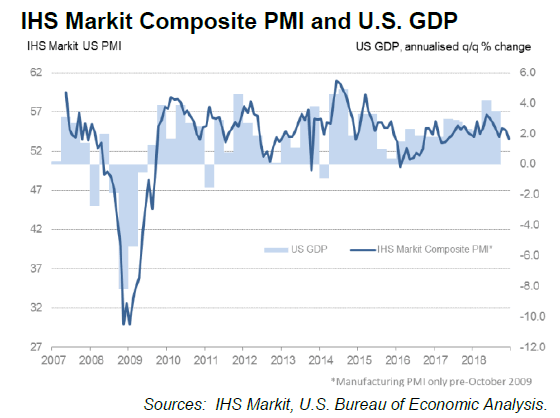
Commenting on the flash PMI data, Chris Williamson, Chief Business Economist at IHS Markit said:
“The flash PMIs bring signs of the US economy ending 2018 on a softer note. With business activity expanding at the slowest rate for one and a half years, the surveys indicate that the pace of economic growth has faded to 2.0% in December, albeit closer to 2.5% for the fourth quarter as a whole.
“Importantly, although growth remains relatively robust, momentum is being lost and is likely to continue to fade as we move into 2019. New order inflows hit the lowest since April of last year and expectations regarding future business growth have slipped to the lowest for two-and-a-half years.
“The surveys reveal greater caution in relation to spending amid uncertainty about the economic outlook, linked in part to growing geopolitical concerns and trade wars.”
“The weaker picture of current and future business growth has curbed appetite for hiring. Jobs growth inched down to the lowest for one and half years but remains consistent with non-farm payrolls rising in December by around 180,000.
“Price pressures have meanwhile cooled as lower oil prices feed through, yet rising tariffs remain a concern for many companies, keeping input cost inflation above the survey’s long-run average.”
Full release here.




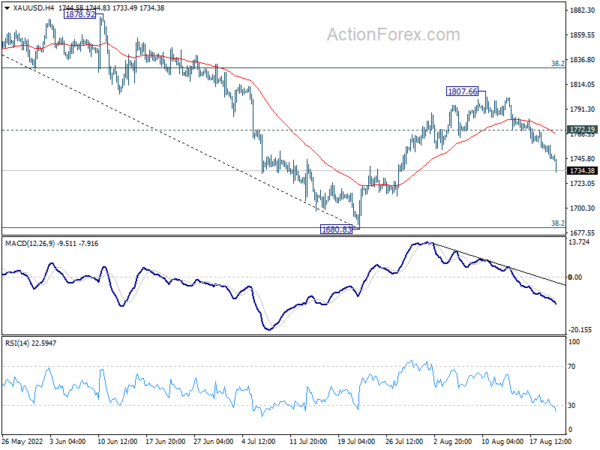
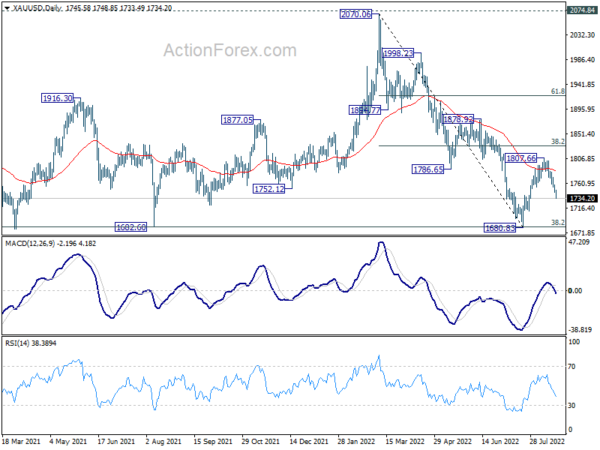
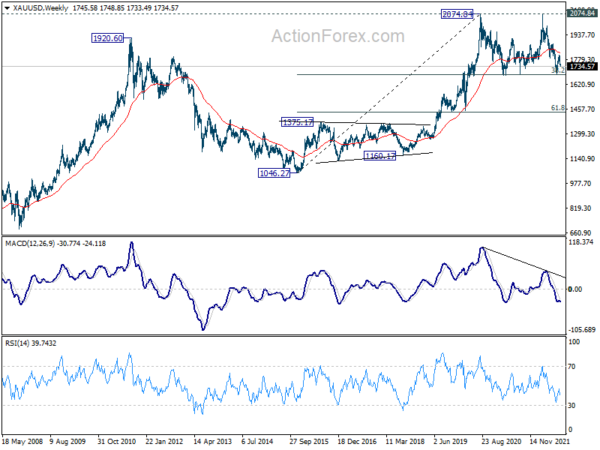
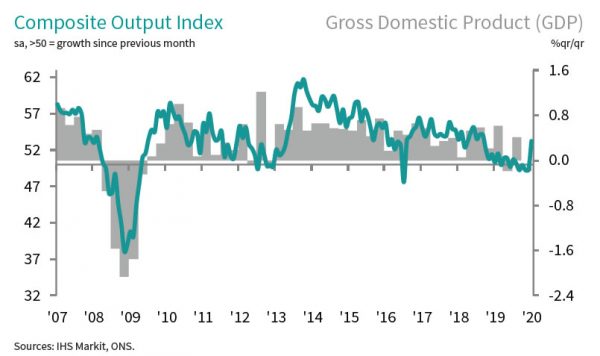
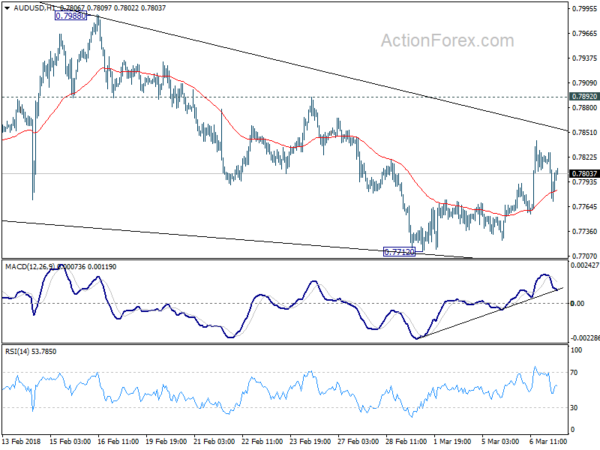
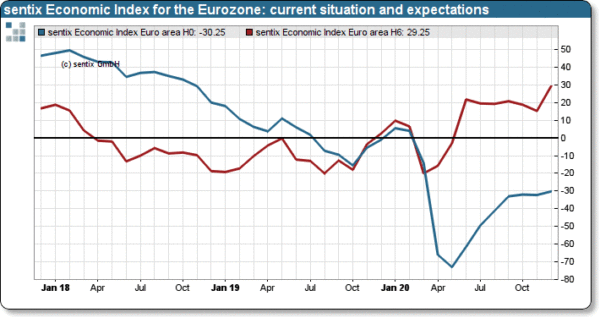
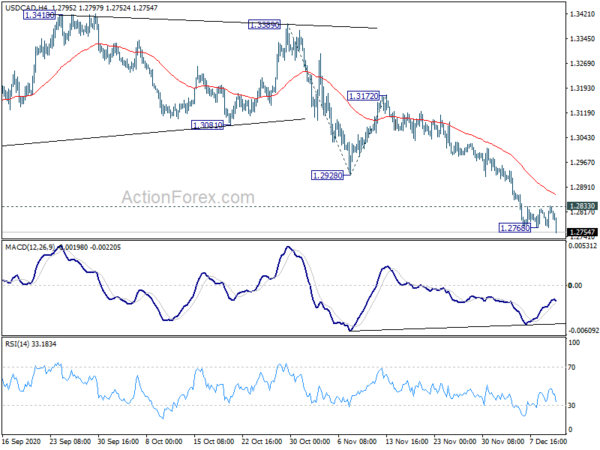
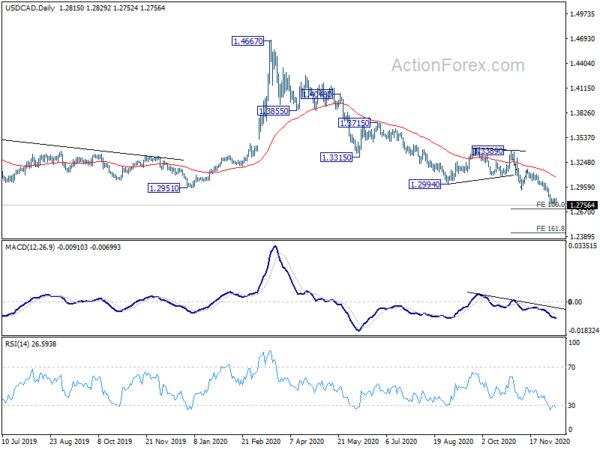
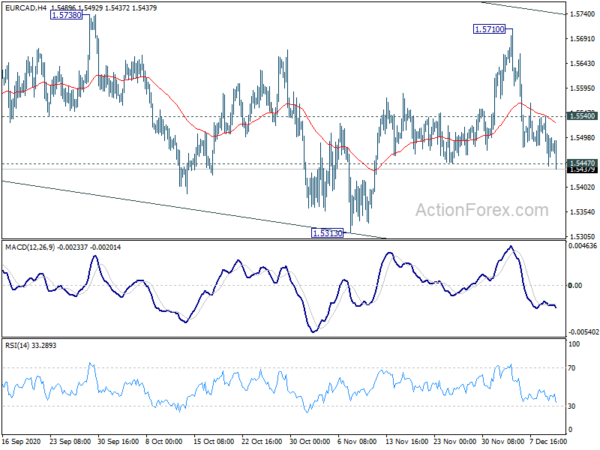
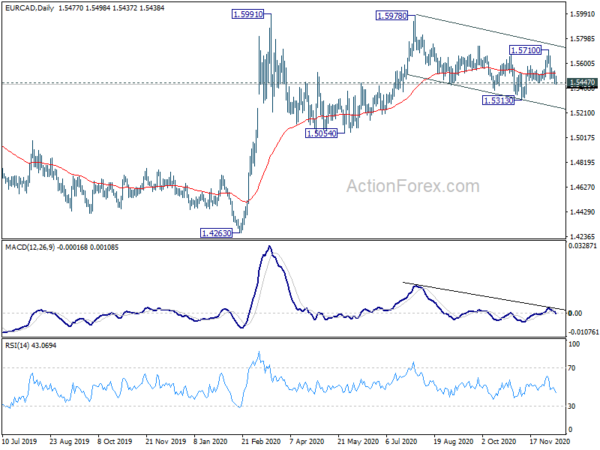
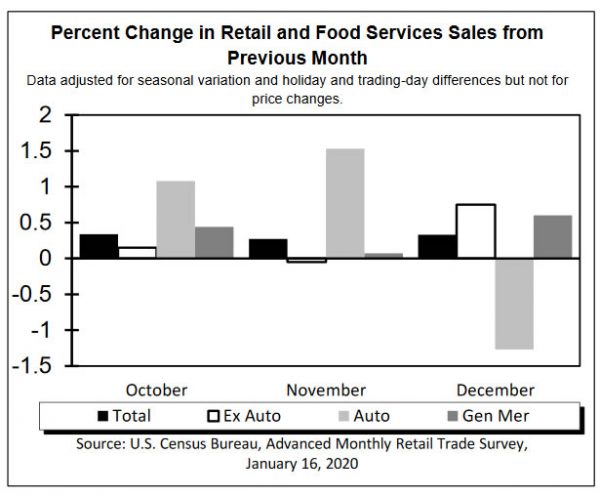

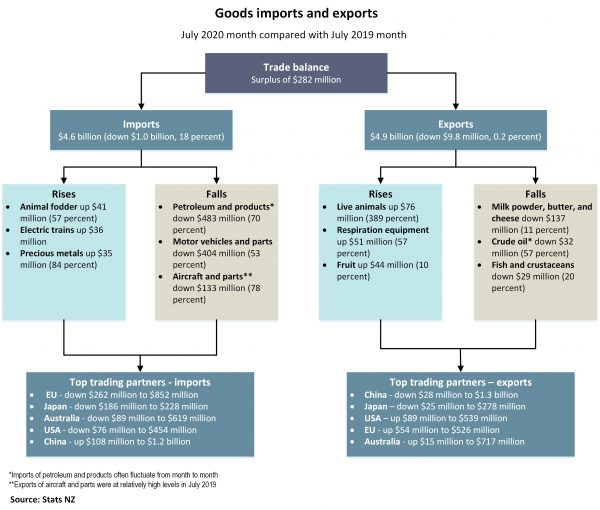
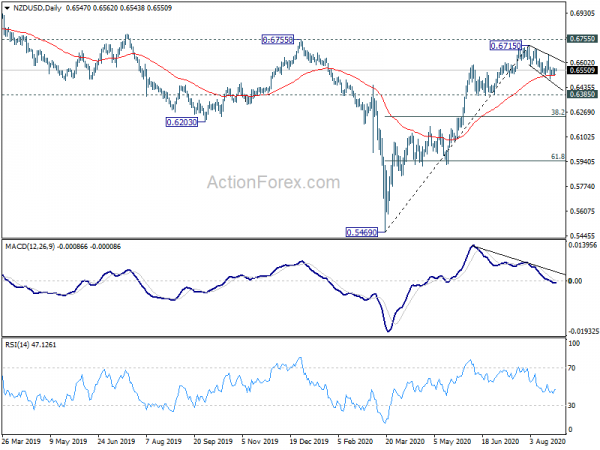
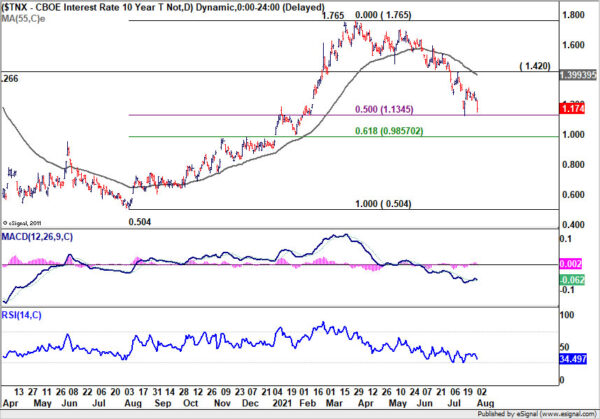
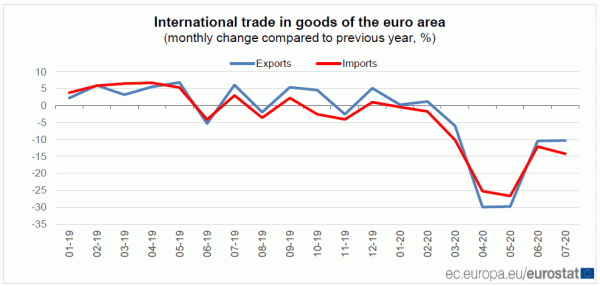

AUD/JPY and CAD/JPY downside breakouts on risk aversion
AUD/JPY and CAD/JPY break out to the downside on risk aversion in Asian markets. AUD/JPY’s fall from 85.78 resumed and hits as low as as 80.98 so far. Rejection by 4 hour 55 EMA is a near term bearish sign and outlook will stay bearish as long as 82.80 resistance.
Immediate focus is now on 38.2% retracement of 73.12 to 85.78 at 80.94, which is close to medium term channel support. Sustained break there will argue that the fall from 85.78 is indeed corrective whole up trend from 59.85. Deeper fall could then be seen back to 73.12/78.44 support next next.
CAD/JPY also breaks through 87.08 support to resume the whole decline from 91.16. Outlook will stay bearish as long as 88.69 resistance holds. Current fall would target 38.2% retracement of 77.91 to 91.16 at 86.09. Reaction from there would unveil whether it’s correcting the rise from 77.91, or the whole up trend from 73.80.